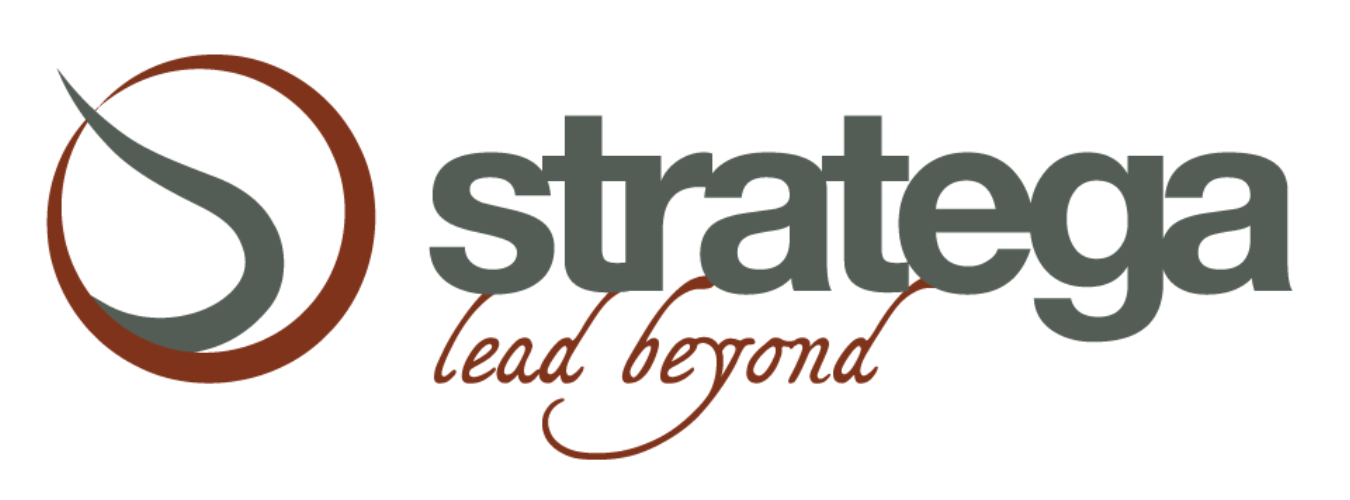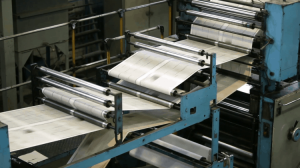TPM, what is it all about?
Comparing TPM to a magic, scientific, certain, and winning formula might be far-fetched, yet the data prove it.
Several examples tell how, by choosing to apply the technique to the letter, business performance improves in the here and now, as if by magic – precisely – something has changed.
The reality of the facts is a direct result of basic, simple, elementary thinking that tells how systematic, planned plant maintenance allows for better management of production and streamlines the unknown of system failures and blockages.
Stratega Consulting’s approach is built around three elements: training, coaching and auditing.
Rather than simply solving any failure, it is preferred to show and teach how to prevent as well as solve, thus realizing the business model that wants to emphasize the importance of human value directly proportional to production numbers.
TPM, beyond just an acronym
TPM stands for Total Productive Management, and consists of improving company productivity through a series of measures that include both process improvement and optimization of operations through the use of technological tools.
The model is Japanese-derived and aims to keep the well-being of plants intact by adding human capital education to simple maintenance so as to prevent the natural and accelerated deterioration of plants and increase the overall value of production.
How did TPM come about?
The historical period in which the technique began to be used was the two decades between the 1960s and 1980s.
In Japan, at a well-known automaker, Seiichi Nakajima begins to think about machinery maintenance in a systematic mode so as to prevent breakdowns and keep tools at their full potential.
Nakajima plays a pivotal role as he first finds himself being an interpreter for his American colleagues and later gathers opinions, views, and questions, creating a veritable process manual.
Stratega Factor
The company Stratega Consulting chooses to field a horizontal approach that adds human capital coaching to simple planning and intervention in maintenance.
The process is developed around four: teaching – training, doing together – coaching and verification – auditing.
Guiding us is the desire to get alongside our client, without prevaricating, but rather shaping the know-how already present in the company through methodologies and procedures that increase its effectiveness and value.
In this way, the customer is doubly satisfied: on the one hand, he solves the problem of the breakdown intervention by restarting the production sector, and on the other hand, he increases the human capital of his company by designing the planned maintenance of the plants.
A futuristic vision that, although it begins with putting the values of TPM into practice, we have learned to condense into a simple, straightforward, and – for some – controversial slogan:
“Taking customers to lose them.”
The slogan
It is precisely being willing to “lose” our clients that demonstrates the real effectiveness of the method put into practice.
The motivation is quickly stated and often leaves one dumbfounded.
By properly flanking the human capital of the client company, it is possible to teach how to intervene in maintenance and how best to plan routine actions; if in the short term the presence of external personnel is necessary, in the long term, the client can return to operating in total autonomy, observing the results in terms of optimization achieved and multiplying its return on investment with each day of activity.
Our goal is to elevate the organizations that rely on us, make them autonomous, and watch them grow exponentially.
Total Productive Maintenance in practice
“Total Productive Maintenance,” also known as TPM, is the evolution of so-called “Preventive Maintenance.” While the former is limited to planning routine maintenance operations, TPM extends to the entire management of maintenance processes and involves all departments of the production system, with the common goal of continuous improvement.
In other words, each individual operator becomes responsible for adopting additional procedures that increase the efficiency of equipment, extend its useful life, reduce the number of necessary interventions, and actively prevent failures and accidents.
Taking a direct cue from the Lean method of the 5S, TPM aims to create a highly productive environment in which failures, accidents, downtime, slowdowns and waste are completely absent or, at the very least, minimized.
This type of approach is extremely attractive especially for “Capital Intensive” companies, which operate very high-value machinery such as numerically controlled machines, continuous cycles or robots, or which generate a high value of daily production.
Indeed, in these cases, a machinery failure and subsequent production stoppage produces damages related to both repair and delays on production.
Companies that make deep use of TPM include the largest automakers, as well as big names in the FMCG sector and companies in the building materials industry.
The 8 pillars
The areas for improvement in TPM are based on 8 pillars defined according to the Japan Institute of Plant Maintenance (JIPM) methodology:
- autonomous maintenance: improvement of plant and equipment efficiency through routine maintenance work that can be carried out directly by production personnel;
- professional maintenance: careful planning of maintenance work based on the collection of performance data of various machines, which are essential for reducing unplanned downtime and extending the life cycle of company assets;
- people development: managers, production managers, machine operators, or maintenance technicians must be properly trained to identify any emerging problems as early as possible, keep equipment in functional condition, and regularly meet all standards required by TPM;
- specific improvement: maximizing the overall effectiveness of equipment and processes by eliminating losses and improving performance;
- maintenance for quality: implementation of an integrated quality system, with the goal of preventing defects and ensuring that equipment and processes are so reliable that they always function properly;
- environment, health and safety: creation of a healthy, safe and sustainable working environment in which employees can perform their duties without incurring situations of risk or danger to their safety;
- Initial management: to be understood as reducing the time it takes for new products to reach the market and the time it takes for new facilities to start up, achieved through the rapid and efficient start-up of related processes and by offering cost savings both during the introduction phase and throughout the entire life cycle of equipment or products.
- TPM in offices: involvement of all administrative and support areas in organizing and promoting the new maintenance strategy.
Goals and benefits
The primary goal of TPM is to achieve maximum plant efficiency by focusing on process reliability, waste reduction and work optimization through the formula of continuous improvement.
Through the implementation of “Total Productive Management” we will achieve numerous benefits, first of all, the increase in plant safety and reliability from which derives an improvement in working environment conditions and work safety.
Secondly, daily autonomous maintenance work carried out directly by the operators using the machinery will certainly increase its productivity and durability. At the same time, the need for specialized repair work will be less and the cost of maintenance in general will decrease.
In essence, the use of this methodology provides for an improvement in terms of Overall Equipment Effectiveness (“Overall Productive Resource Efficiency”), a reduction in costs and the optimization of the intervention lead time, i.e., the time it takes to carry out a maintenance operation in which the machinery has to stand still.
To be able to enjoy these benefits, however, it is extremely important that the totality of operators, maintenance workers, supervisors, as well as management itself be guided in a real cultural change.
This is precisely what our people-oriented approach is for: at whatever level you work, from managers to trainees, it is people who drive projects and companies to success. Working “in” the team (and not simply “with” the team), our consultants ensure that the values behind the processes are understood, shared, and fully implemented. Thus we are able to ensure high ROIs, limited Time to Success, and complete ultimate autonomy.
If you found the article interesting and would like to deepen the topic by reading practical cases go to the Case Histories section.









